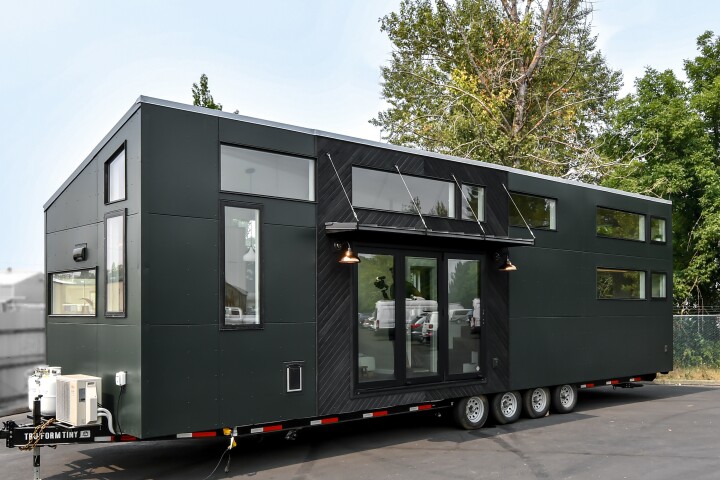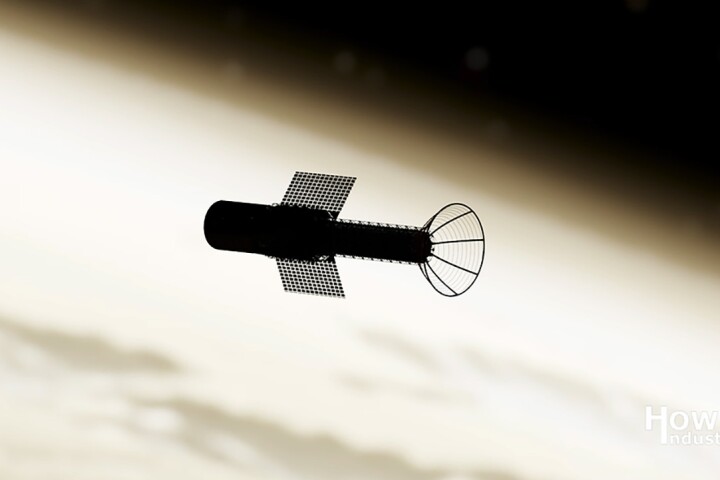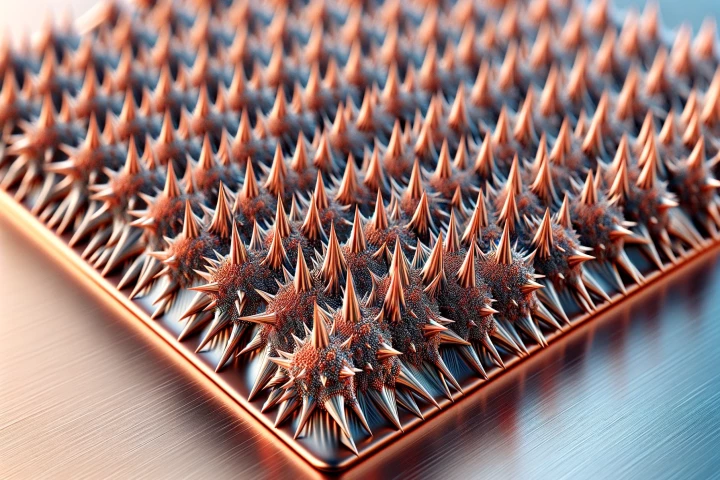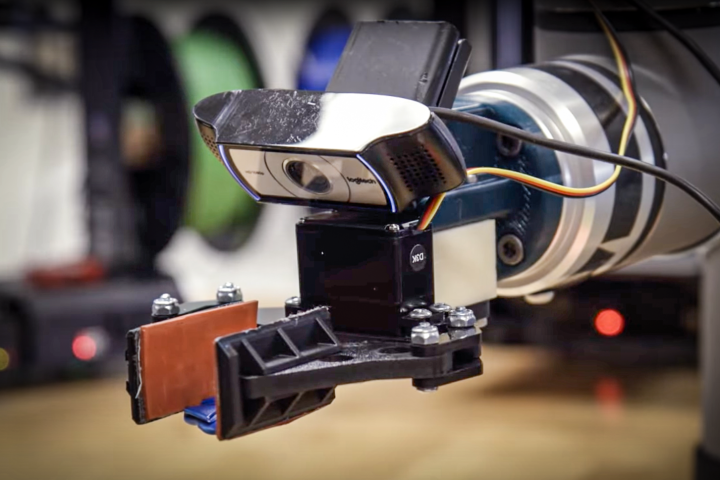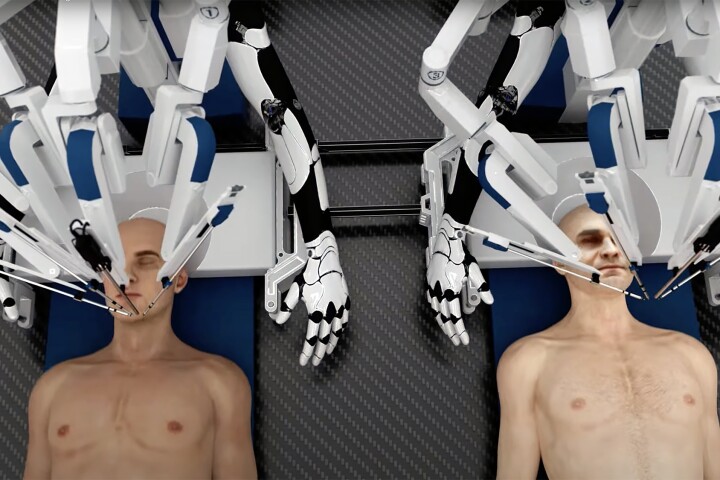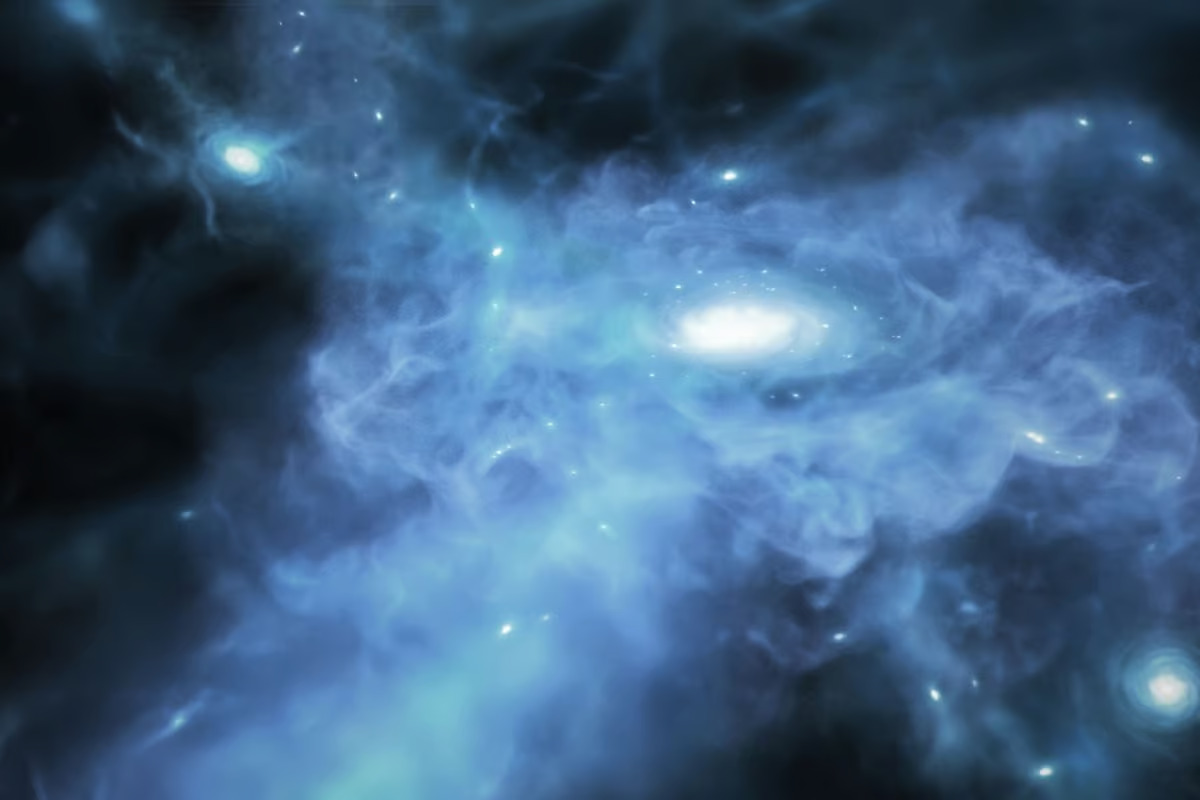 An illustration of early galaxies forming. NASA –
An illustration of early galaxies forming. NASA –
With its incredibly powerful infrared eyes, the Webb telescope can peer farther back in space and time than any other instrument. It keeps breaking its own records for most distant stars and galaxies ever observed, as it edges closer to the cosmic dawn, the time when the lights first switched on in a previously pitch-black universe.
Now, Webb has managed to see some of the first ever galaxies forming at this dawn. The telescope captured images of three galaxies forming between 13.2 and 13.4 billion years ago, or just 400 to 600 million years after the Big Bang.
“You could say that these are the first ‘direct’ images of galaxy formation that we’ve ever seen,” said Kasper Elm Heintz, lead author of the study. “Whereas the James Webb has previously shown us early galaxies at later stages of evolution, here we witness their very birth, and thus, the construction of the first star systems in the universe.”
Without further ado, here are some of the images, showing one galaxy through multiple filters on the telescope’s instruments. Drumroll please:

Wait, don’t go! We get it, they’re not very impressive to the untrained eye, but these blurry blobs of light are among the most important images James Webb has taken so far.
In those early stages, the universe was a very dark, cold place, filled to the brim with an opaque hydrogen gas and not much else. Eventually, matter started clumping together in big enough pockets to fire up as the first generation of stars, born about 180 million years after the Big Bang. This new light and energy started interacting with the hydrogen, ionizing and diffusing it.
These early stars started to gather into the first galaxies soon after – well, “soon” on a cosmic scale that is, about 120 to 220 million years later. These galaxies are thought to have been fed by the hydrogen gas to start forming new stars of their own.
And that’s what the new images capture. James Webb’s incredibly sensitive infrared spectrography was able to measure how light from the galaxies was being absorbed by neutral hydrogen gas in and around them. These signals showed that hydrogen was pouring into the mini-galaxies and feeding new baby stars, just as existing models predicted.
“One of the most fundamental questions that we humans have always asked is: ‘Where do we come from?’” said Gabriel Brammer, an author of the study. “Here, we piece together a bit more of the answer by shedding light on the moment that some of the universe’s first structures were created. It is a process that we’ll investigate further, until hopefully, we are able to fit even more pieces of the puzzle together.”
The research was published in the journal Science.
Source: University of Copenhagen
–












